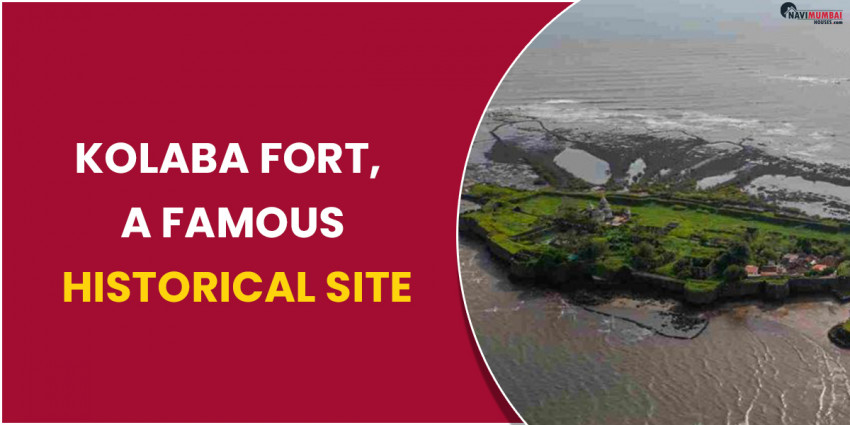
A few km offshore from the seaside hamlet of Alibaug sits the old military fort known as Kolaba Fort, Kulaba Fort, or Alibag Fort. Alibaug is located in Maharashtra along the Konkan coastline about 35 kilometers from Mumbai. A well-protected monument and popular tourist site, Kolaba Fort is encircled by the Arabian Sea's crystal-clear waters and provides sweeping views of the region. Nearly 300 years old, this ancient structure in Alibaug once served as a significant naval base under Chhatrapati Shivaji Maharaj. The fort once held strategic value for the Marathas as a military stronghold during times of conflict.
The popular Alibaug beach is only two kilometers distant from the Kolaba Fort, which is accessible on foot during low tide. A boat is required to get to the Kolaba Fort during high tide. You may get to the fort quickly by boarding a ferry or speedboat at the Gateway of India. Rewas and Mandawa both have jetties that is close to Alibaug. Regular ferry services are available daily from sunrise to sunset, and the trip takes around 45 minutes. The 30 km away Pen railway station has good train connections to Mumbai. The temple inside the fortress and the fort's 25-foot-high walls are its defining characteristics, especially during Ganpati puja. Raghoji Angre built what is today known as the Siddhivinayak Temple in 1759. The Haji Kamaluddin Shah Dargah is also inside the fort.
Kolaba Fort: Interesting Facts and History
Chhatrapati Shivaji Maharaj decided to build Kolaba Fort when the south Konkan achieved independence. According to reports, construction began on March 19, 1680. Following that, Shivaji Maharaj turned it into a significant naval base, and Mainak Bhandari and Darya Sarang were given charge of the town. It developed as a focal point for Maratha assaults on British naval vessels. After his father passed away in June 1681, Chhatrapati Sambhaji Maharaj eventually completed the Fort. With the creation of the pact with Peshwa Balaji Vishwanath in 1713, Sarkhel Kanhoji Angre received control of the Kolaba Fort as well as numerous other forts.
Angre later used it as a naval base to conduct attacks against British ships. In 1721, the British joined their Portuguese allies in an assault on Kolaba Fort. Three British ships commanded by commodore Mathews joined forces with a land force of 6,000 troops from Portugal. They were unable to take the Kolaba Fort, though. The Angre Wada was destroyed in a fire that started in 1787 in the fort, one of many that occurred there. The British auctioned off the fort's wooden constructions in 1842, and they utilized the fort's stones to erect water systems in Alibaug.
Kulaba Killa: Highlights and information
The walls of the fort are 25 feet tall on average, and it has two openings that go to the sea and Alibaug. There are freshwater wells inside the fort. During the monsoon, it is possible to reach the Kolaba Fort by walking through waist-deep water at low tide. English guns at the fort bear the inscription, "Dowson Hardy Field, Low Moor Ironworks, and Yorkshire, England." Some of the most stunning views of the Arabian Sea may be found at the Fort.
The Kolaba Fort, which is perched atop a tiny hill, is a fine example of the time's engineering and architecture. Peacocks, elephants, tigers, and other patterns are carved into the walls. Numerous artefacts, including cannons from previous ages, as well as other battle remains are present. The Dargah of Haji Kamaluddin Shah, the Siddhivinayak Temple, the Padmavati Temple, and the Mahishasura Temple are important landmarks. One of Alibaug's most well-known locations and a popular tourist attraction today is the Kolaba Fort. The Kolaba Fort has been designated as a "Nationally Protected" monument by the Archaeological Survey of India (ASI) because of its historical significance.
Source from: navimumbaihouses





